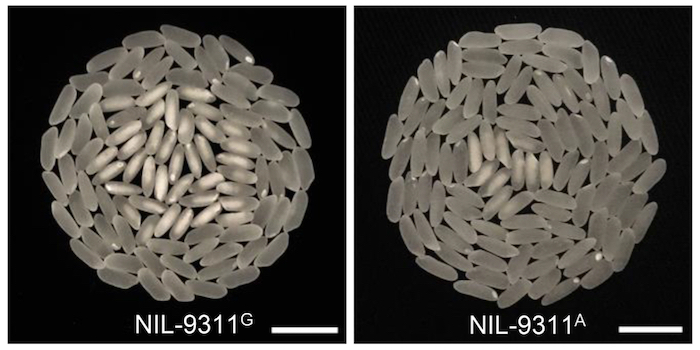
WHITE-CORE RATE 1 regulates grain chalkiness in rice
The Plant Cell: In a NutshellWu et al. uncover a mechanism underlying chalkiness, an important grain quality trait in rice.
Background: With improved living standards, the demand for better grain quality has become a challenge in rice production areas. Rice chalkiness, i.e., endosperm containing opaque regions, seriously reduces…
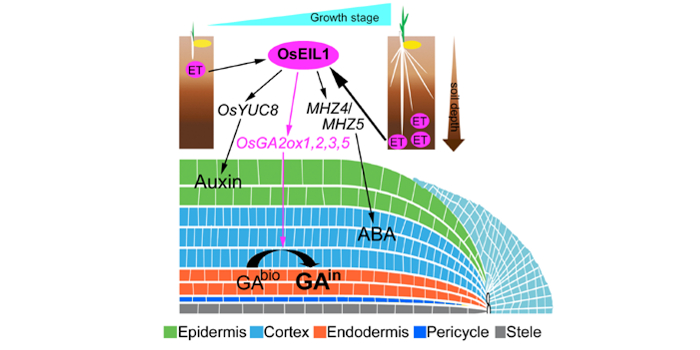
Hormone crosstalk orchestrates root development
The Plant Cell: In a NutshellQin et al. identify a mechanism by which ethylene activates gibberellin catabolism to determine primary root growth in rice.
Hua Qin and Rongfeng Huang
Biotechnology Research Institute, Chinese Academy of Agricultural Sciences
Background: The optimization of root architecture is one of the…
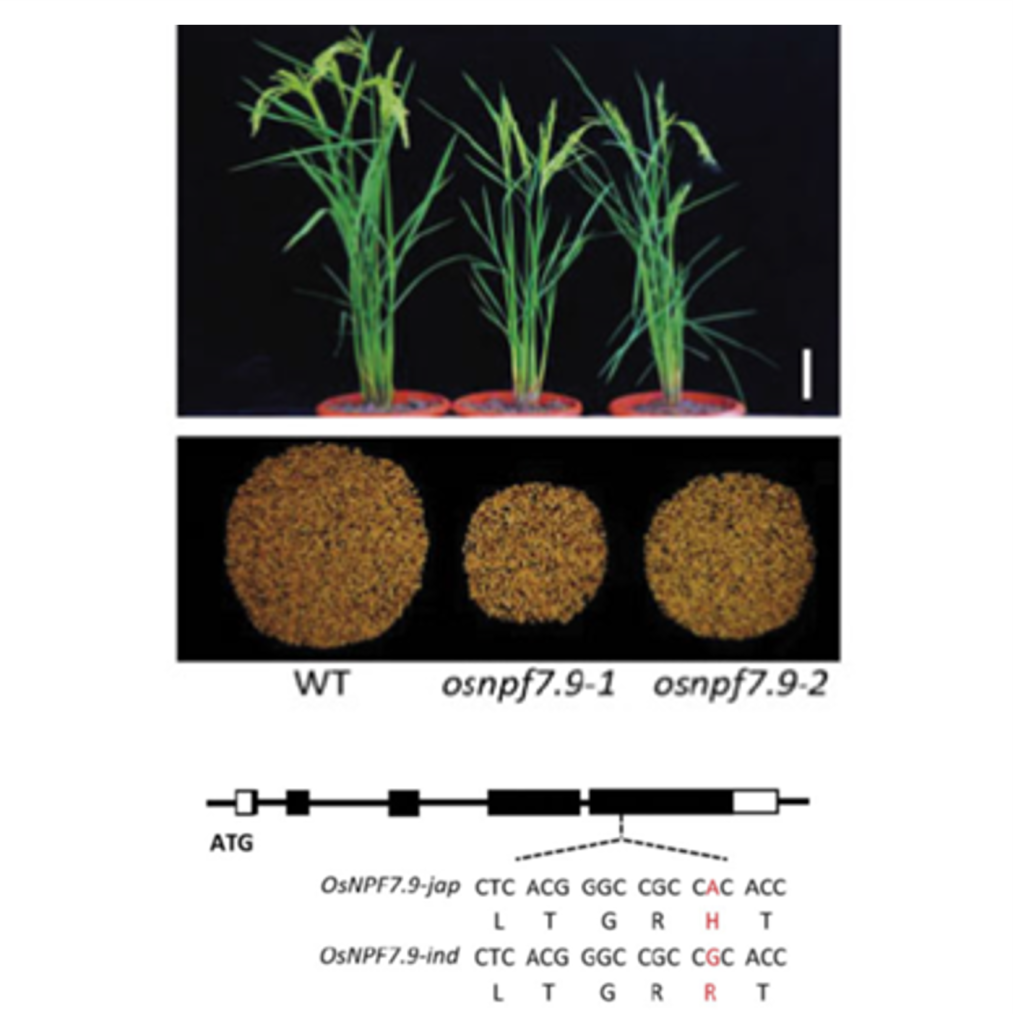
Nitrate transporter NPF7.9 is a regulator nitrogen use efficiency and stress-induced nitrate allocation to roots in rice (Plant Physiol)
Plant Science Research WeeklyIn addition to its role as a nutrient and a developmental signal, nitrate regulates stress responses in plants. By homology to nitrate transporters previously identified in Arabidopsis as contributing to stress induced-nitrate allocation to roots (SINAR) and nitrogen use efficiency (NUE), Guan et al.…

How to Thrive under Stress: Stay True to Your Roots
The Plant Cell: In a NutshellGroen et al. investigate the genes and traits under selection when rice experiences drought.
By Simon C. “Niels” Groen a,b and Amelia Henryc
a Institute of Integrative Genome Biology and Department of Nematology, University of California at Riverside, Riverside, CA, USA;
b Center for Genomics…
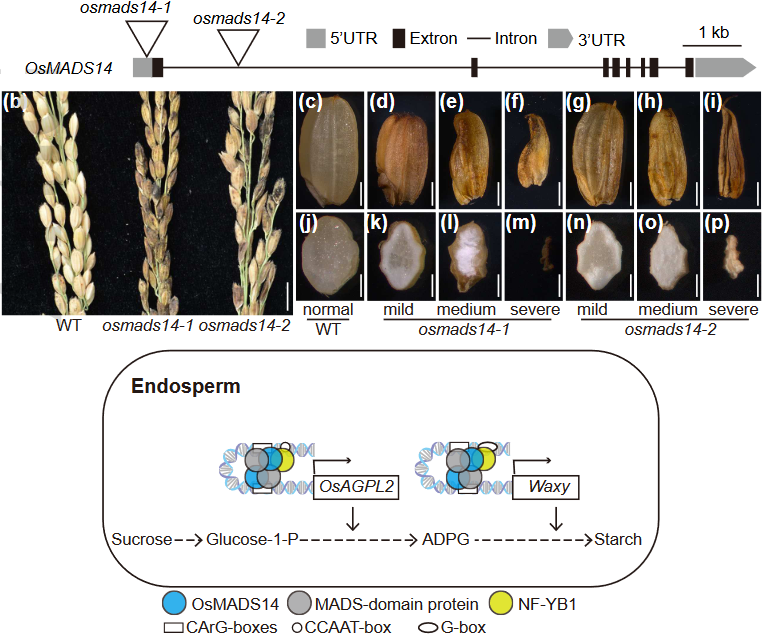
OsMADS14 and NF-YB1 cooperate in the direct activation of OsAGPL2 and Waxy during starch synthesis in rice endosperm (New Phytol.)
Plant Science Research WeeklyRice grain is mainly composed of starch, which provides the necessary energy and sugars for successful germination and seedling development. Since rice is the most widely consumed crop, studying the regulators that control starch synthesis is crucial to ensure food security for more than half the world‘s…
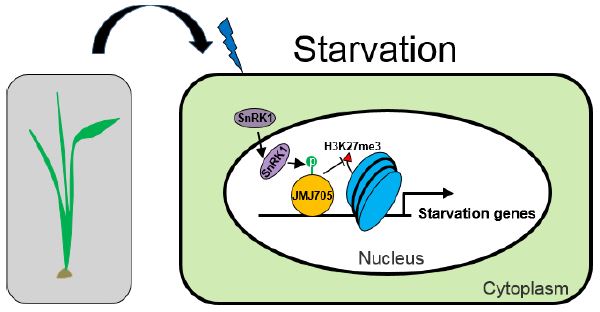
Linking low energy sensing to chromatin modification and gene activity in rice
The Plant Cell: In a NutshellWang and colleagues investigated the starvation response of rice seedlings.
By Wentao Wang and Yue Lu
Background: For survival and growth, cells of all living organisms must balance their energy consumption and supply. Although energetically autonomous (through photosynthesis), plants are continuously…

Proteomics-based protein complex discovery in the developing rice aleurone-subaleurone
The Plant Cell: In a NutshellLee et al. use a co-fractionation mass spectrometry pipeline to predict the compositions of cytosolic protein complexes present during early rice seed development. The Plant Cell (2021) https://doi.org/10.1093/plcell/koab182
Background: Many proteins act as components of multiprotein complexes that…
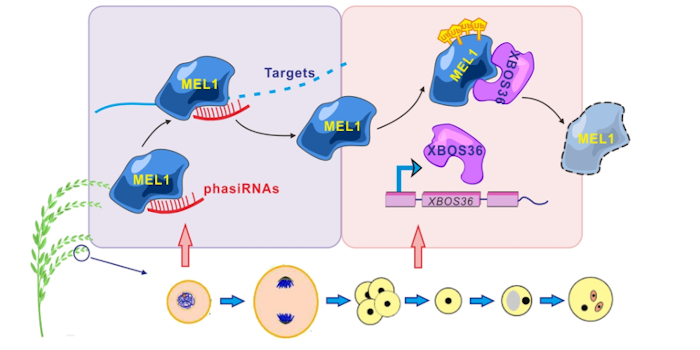
Communication between the AGO protein MEL1 and ubiquitination during sporogenesis
The Plant Cell: In a NutshellLian et al. investigated the molecular mechanism of AGO protein MEL1 degradation mediated by a new monocot-specific E3 ligase, XBOS36.
The Plant Cell (2021). https://doi.org/10.1093/plcell/koab138
By Jian-Ping Lian, Yu-Chan Zhang and Yue-Qin Chen, Sun Yat-Sen University
Background: Sporogenesis…
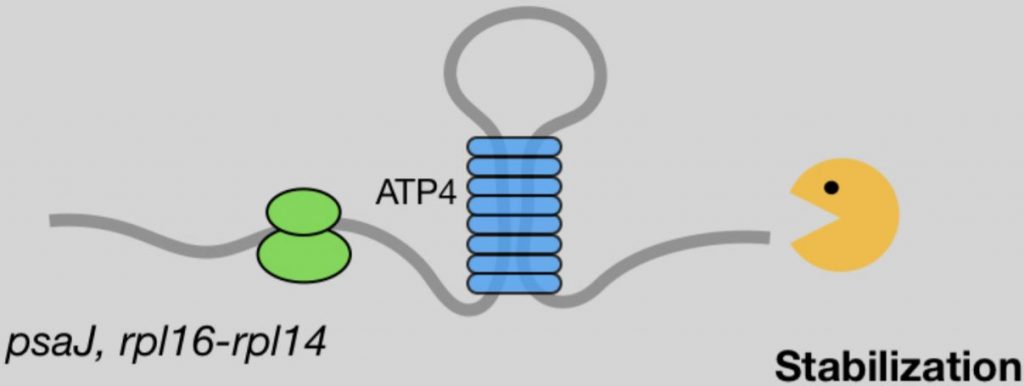
Expanded function of the P-type pentatricopeptide repeat protein ATP4 in RNA editing
Blog, Plant Physiology, Plant Physiology: News and Views, ResearchTianhu Sun
ORCID ID: 0000-0002-2513-1387
Plant Breeding and Genetics Section, School of Integrative Plant Science, Cornell University, Ithaca, New York 14853
[email protected]
Chloroplasts are semi-autonomous organelles that retain their own genomes derived from their cyanobacterial ancestors,…

